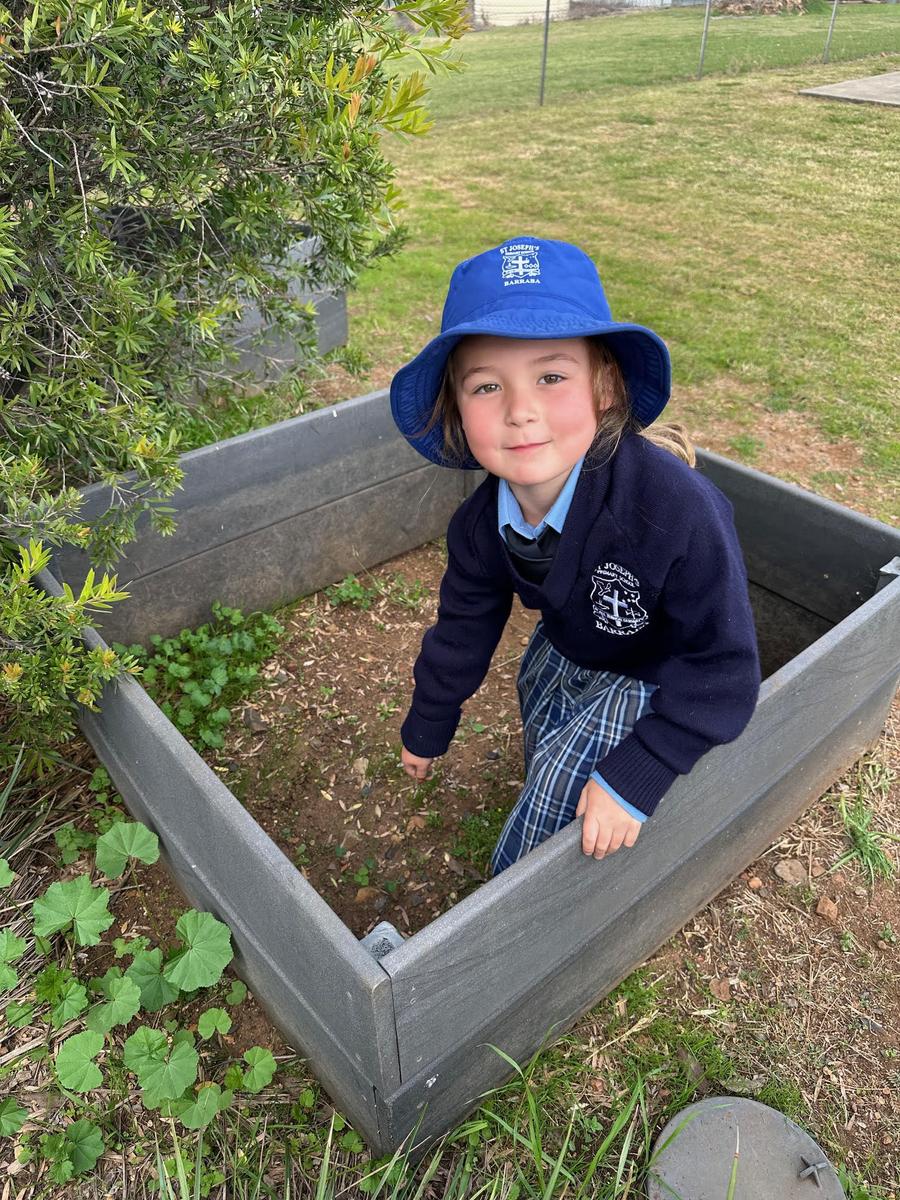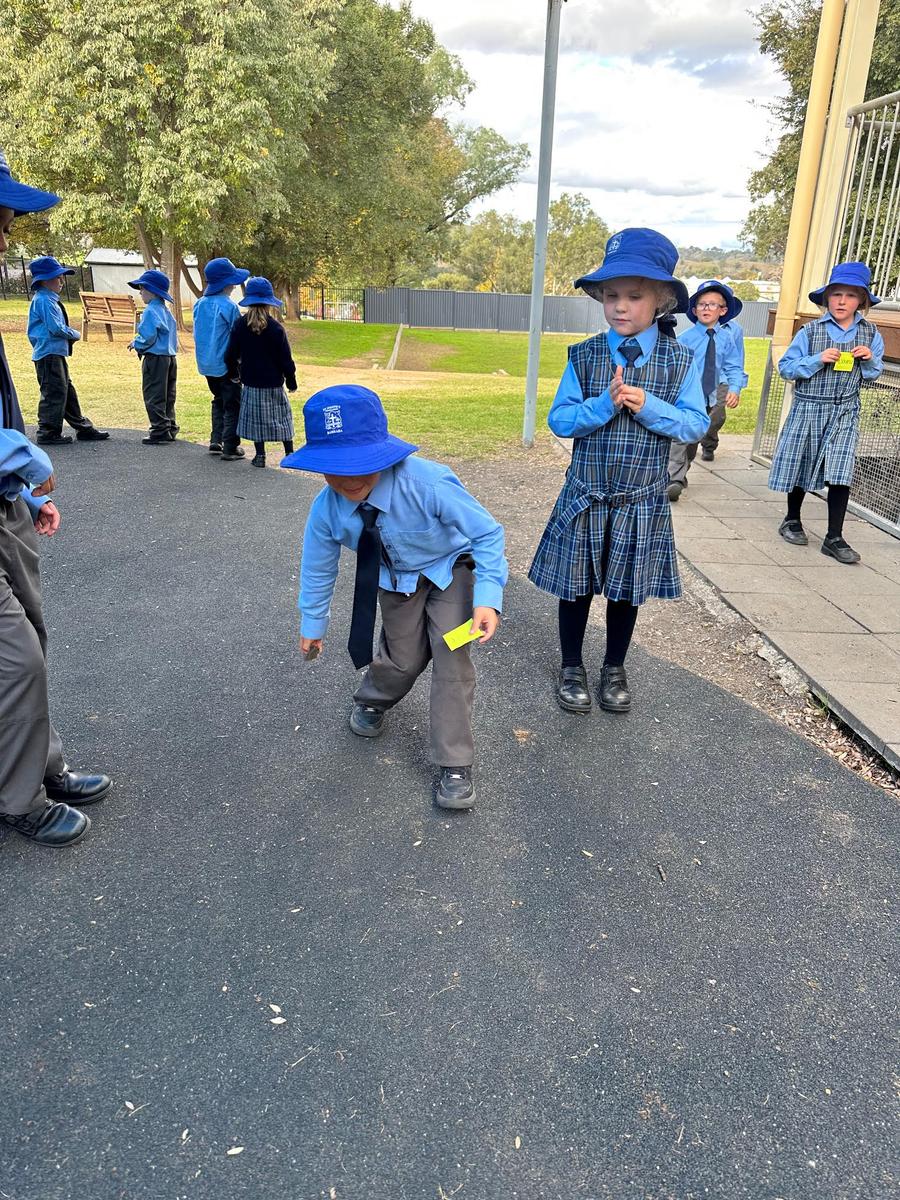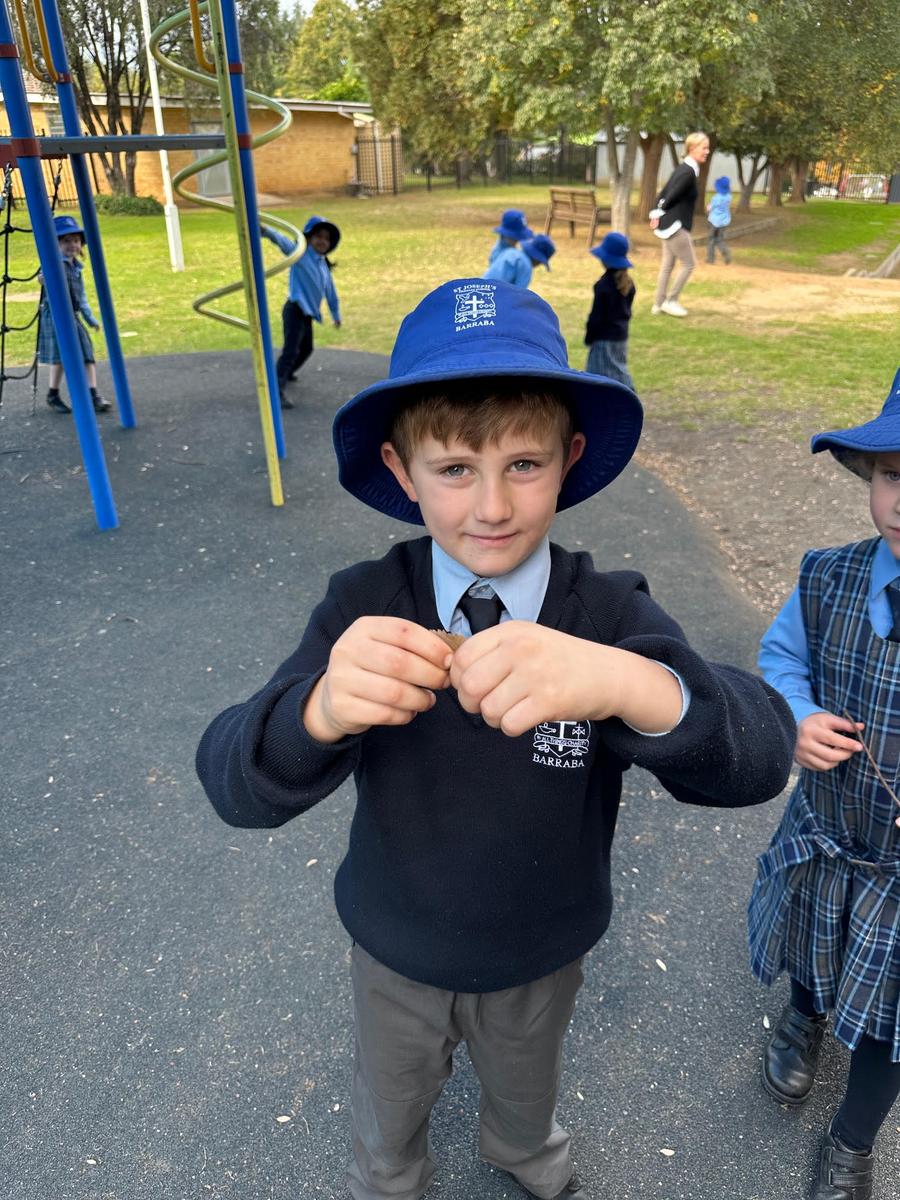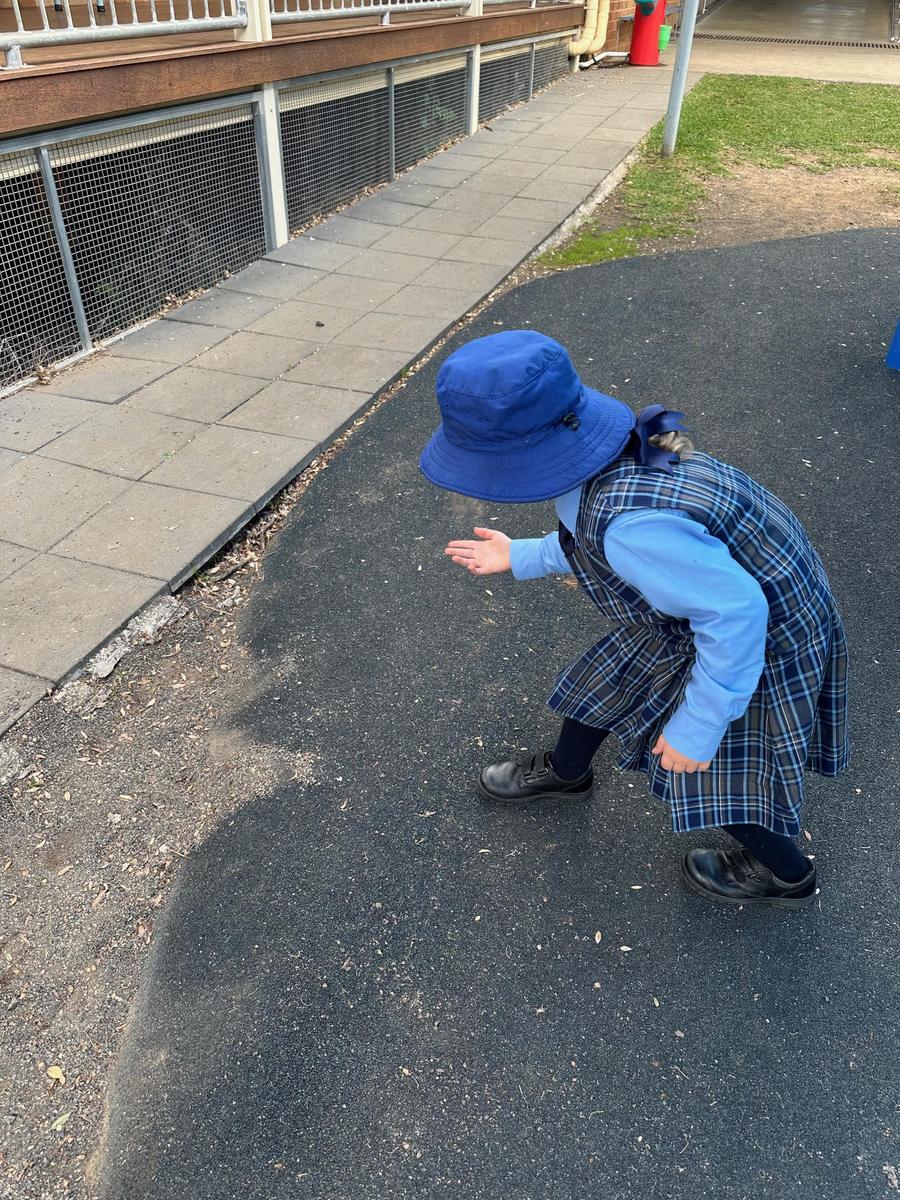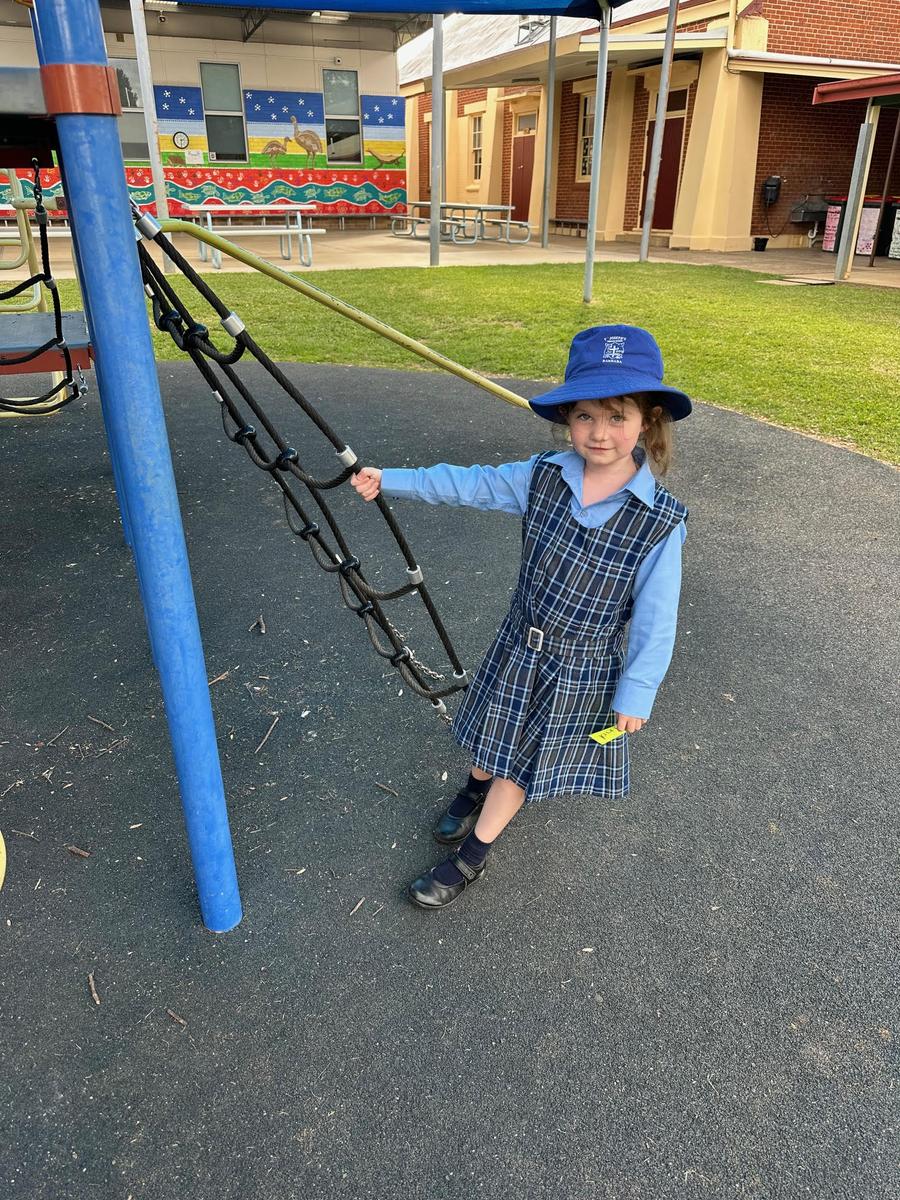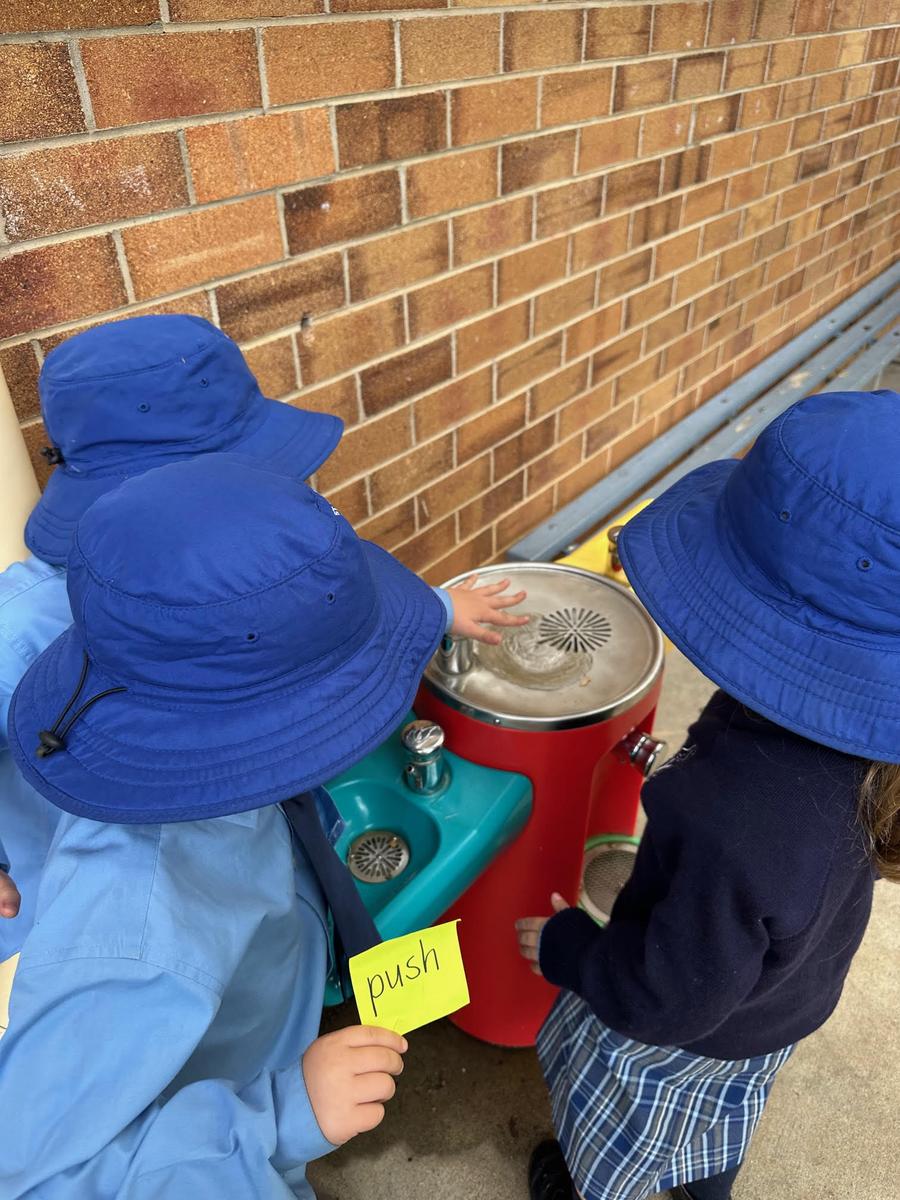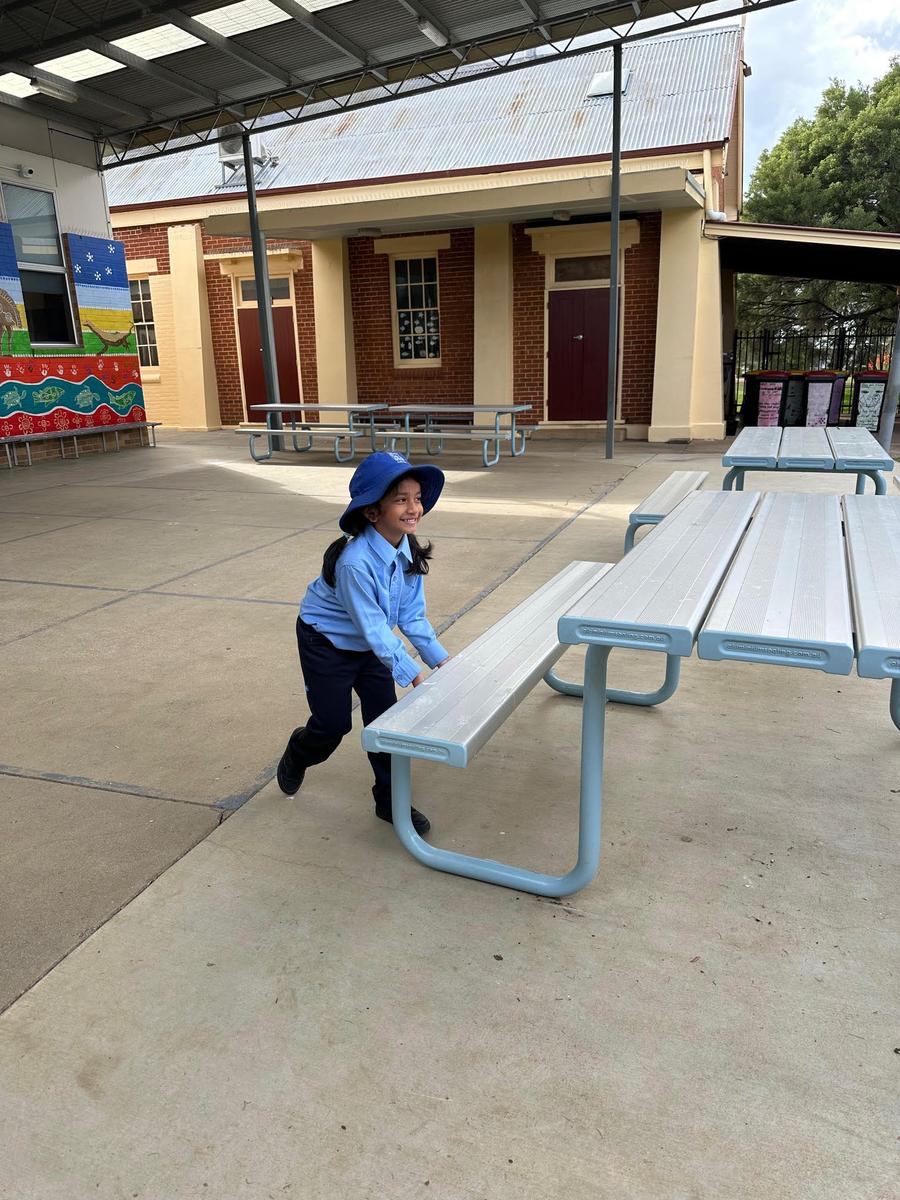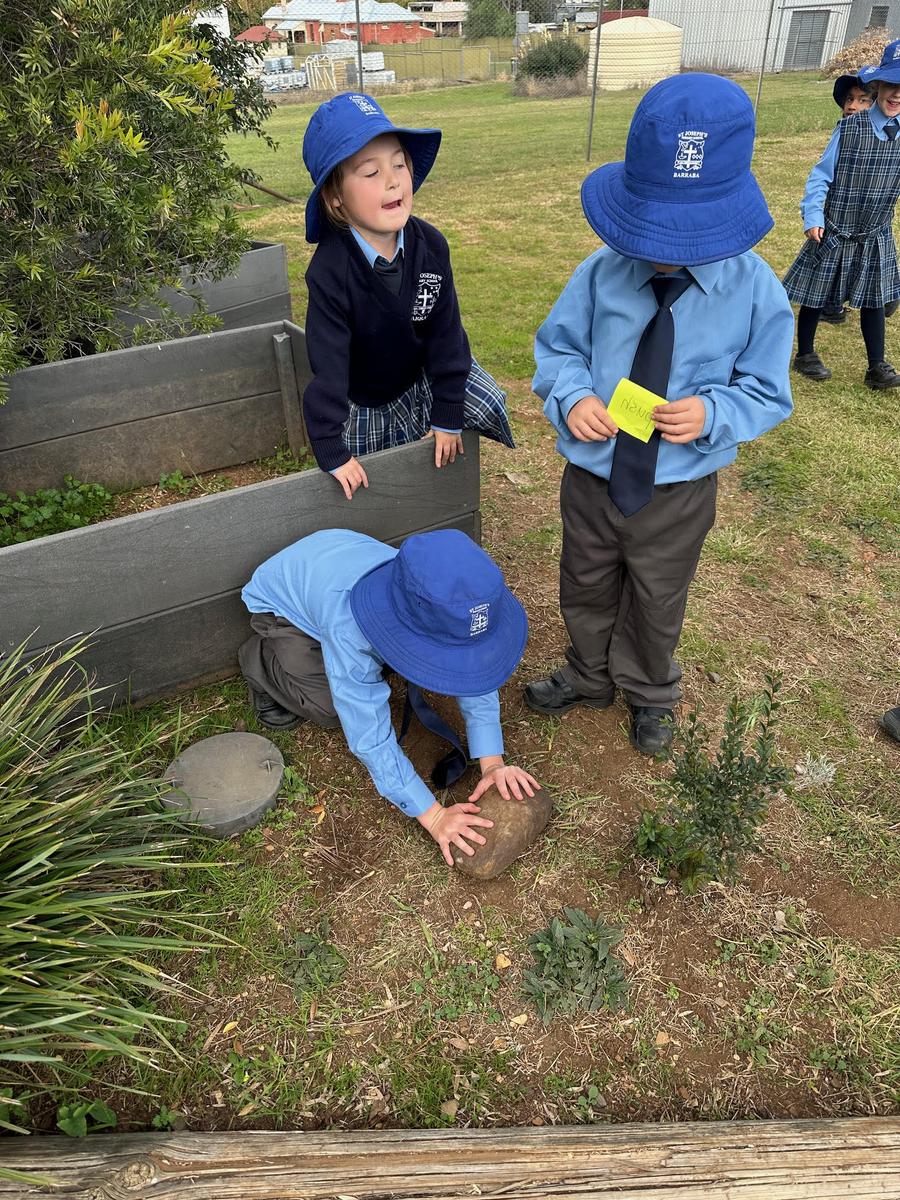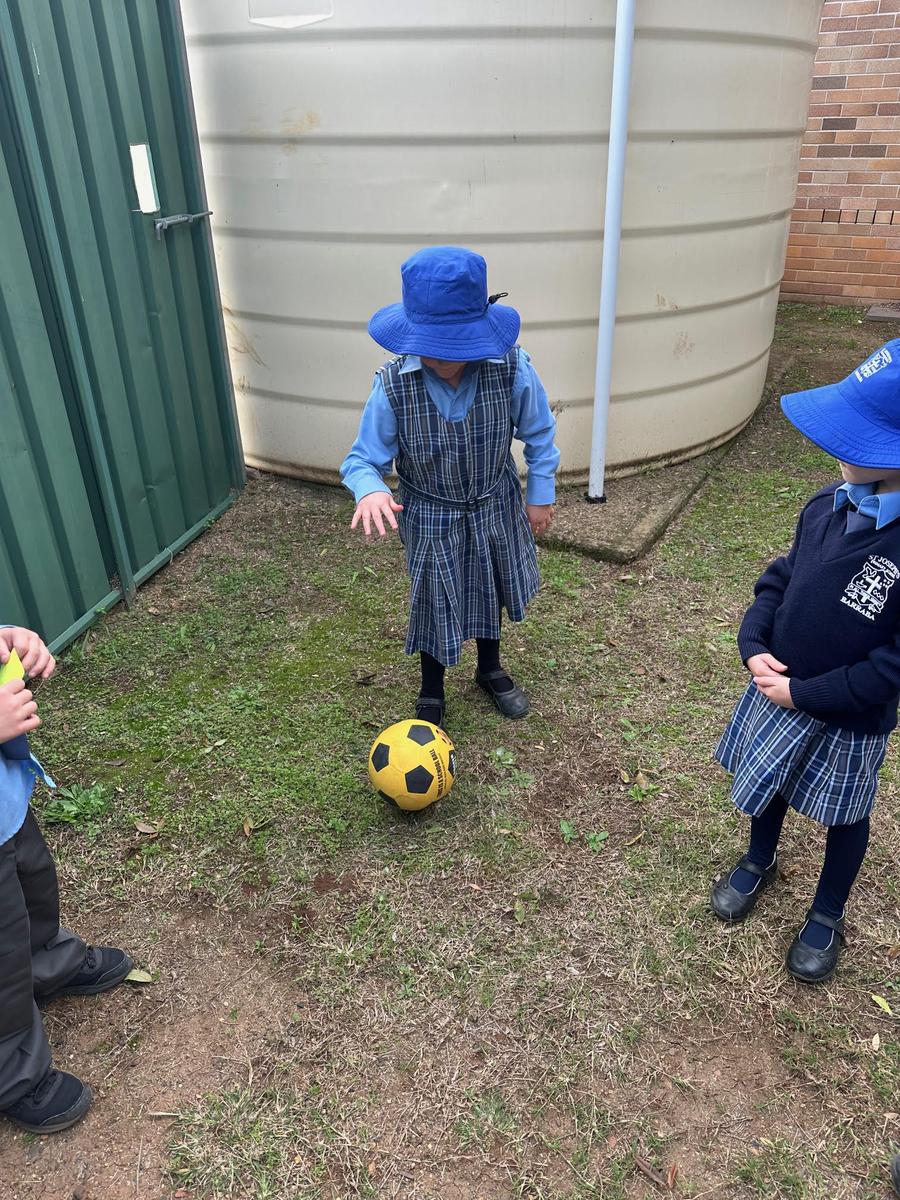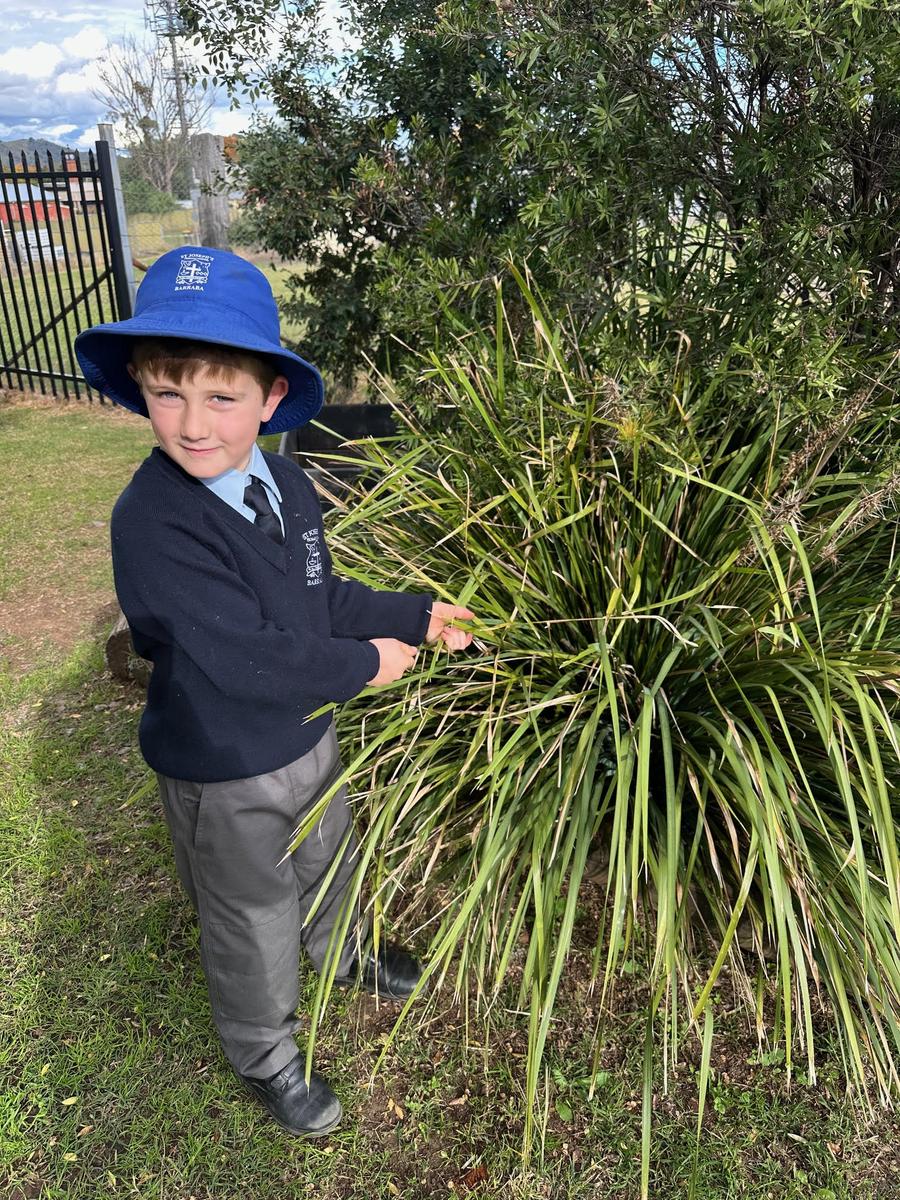Learning News Kindergarten
Miss Sophie Goodman

Learning News Kindergarten
Miss Sophie Goodman
Please continue to read each night & write letters, decodable words and sentences & numbers at home with the correct formation!
Initial Lit
These are our current sounds that we have learnt!
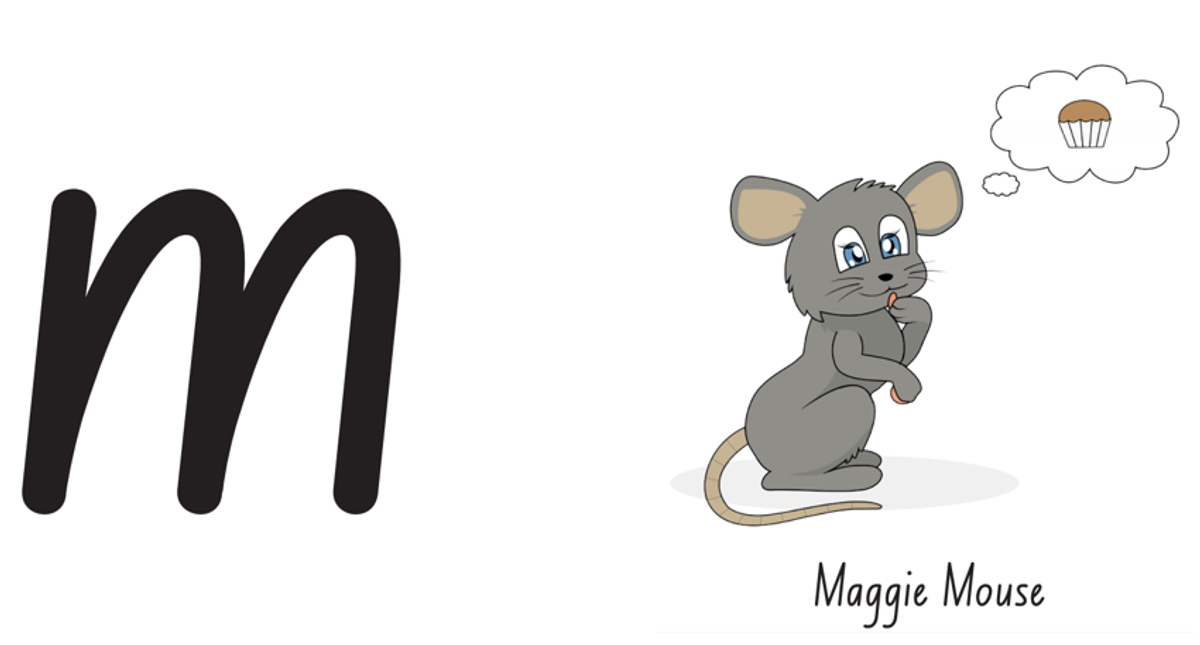
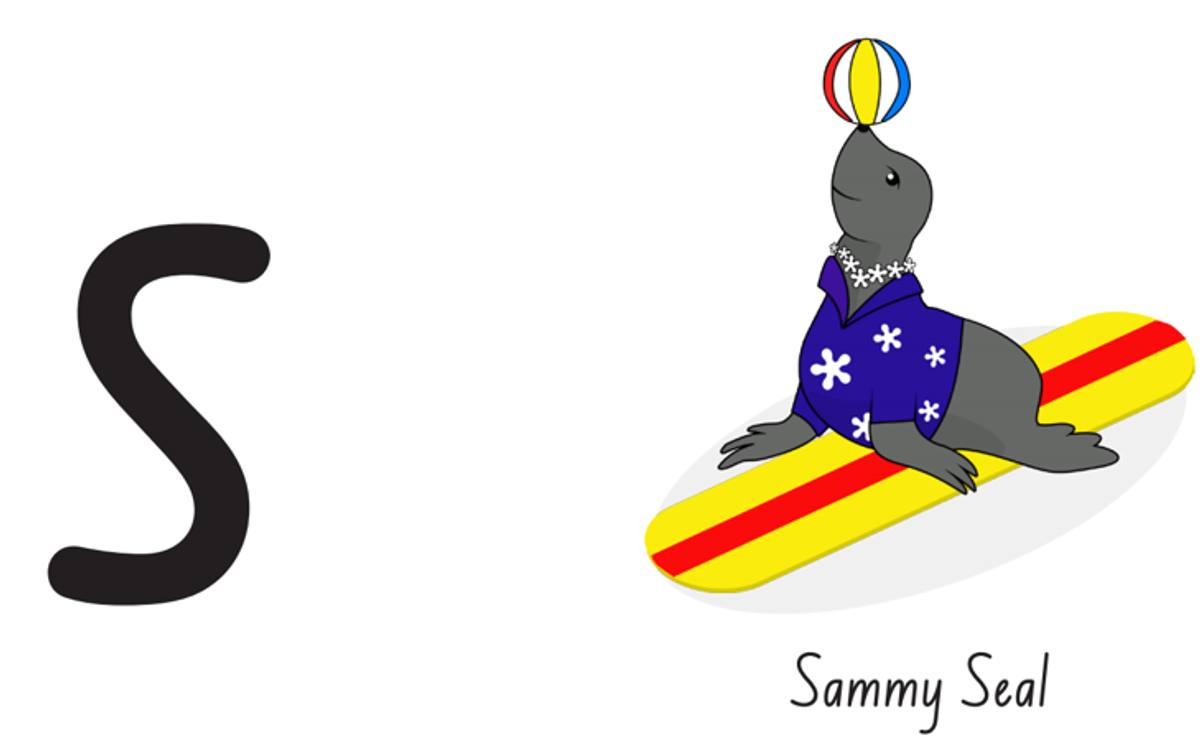
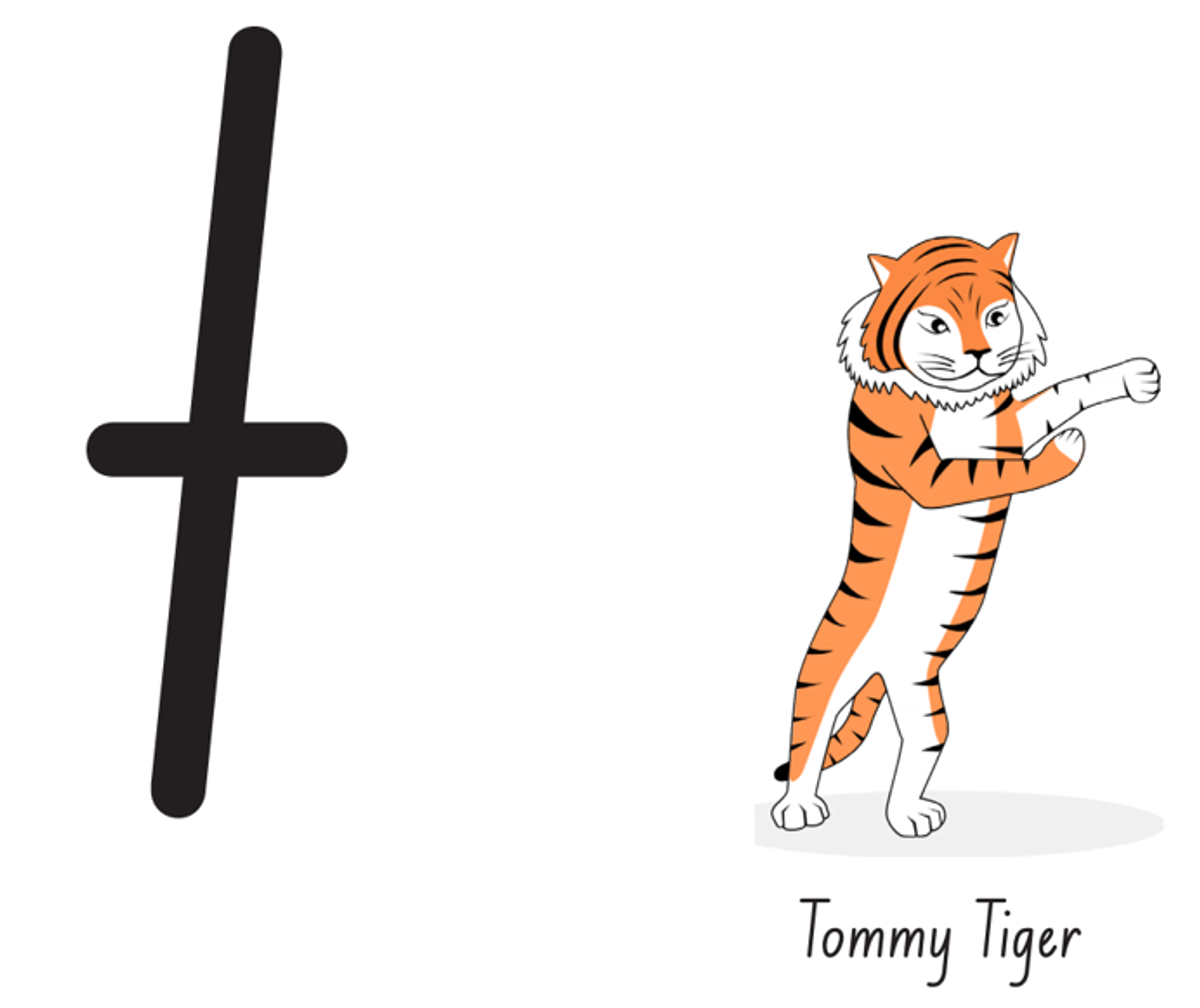
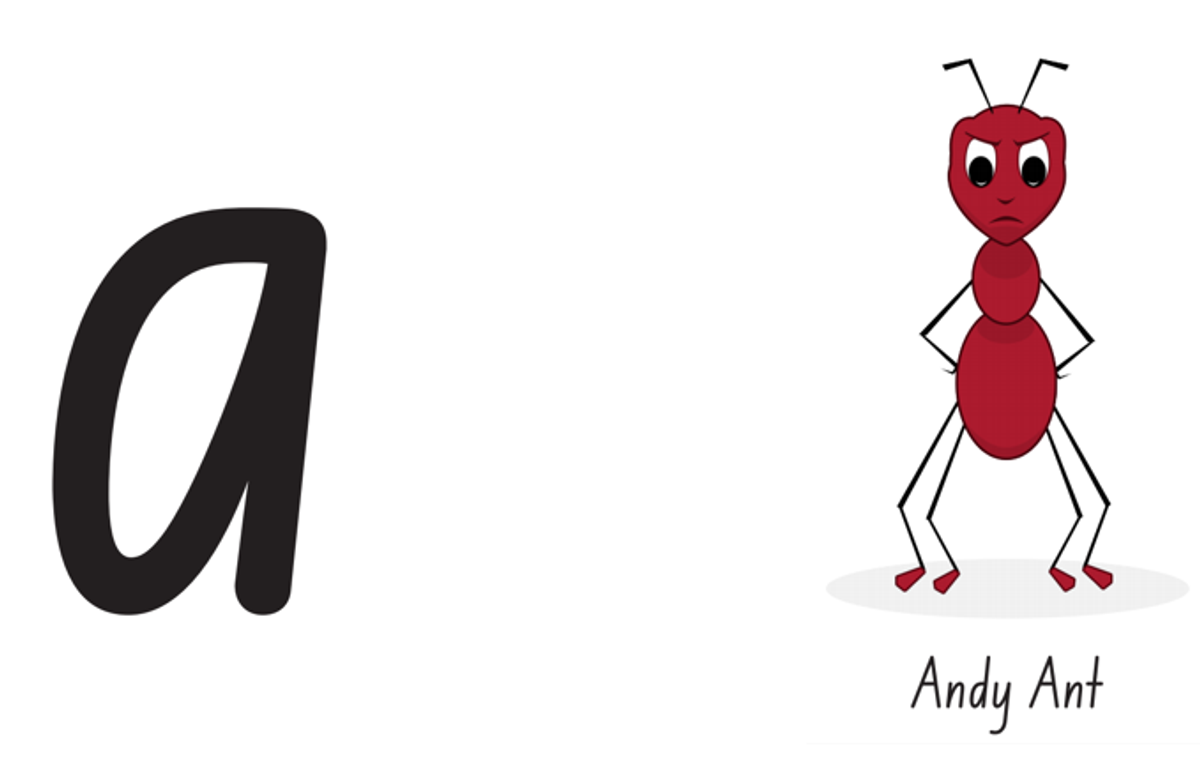
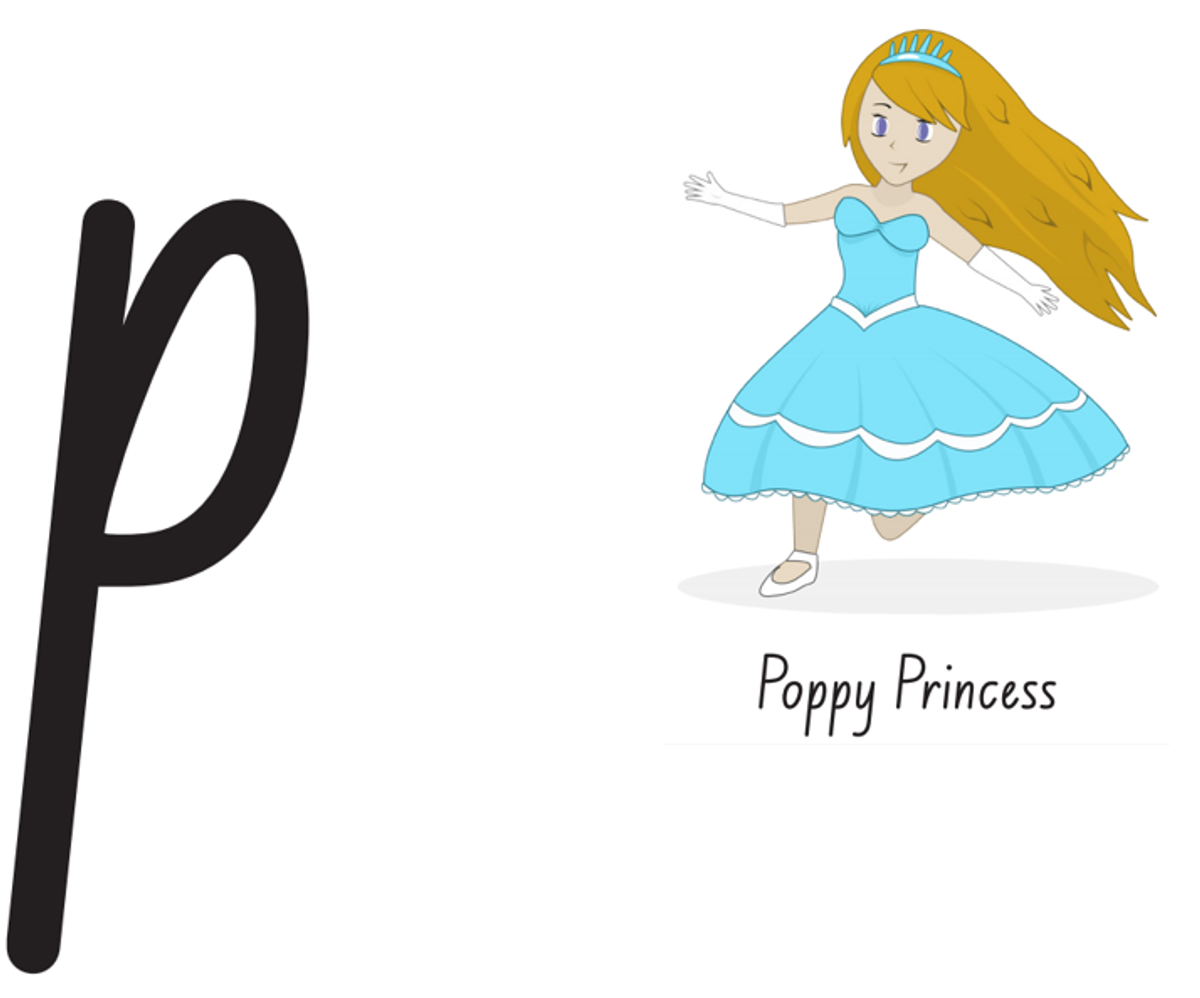
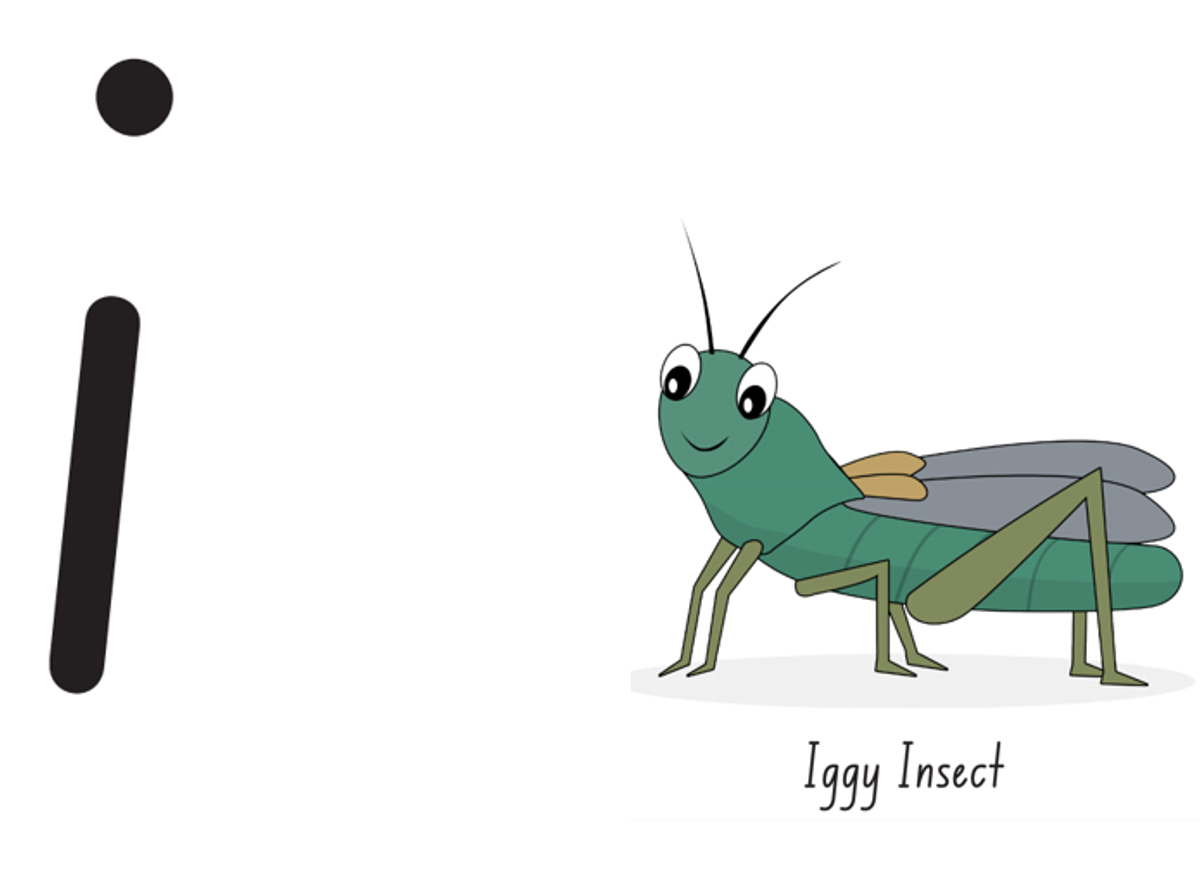
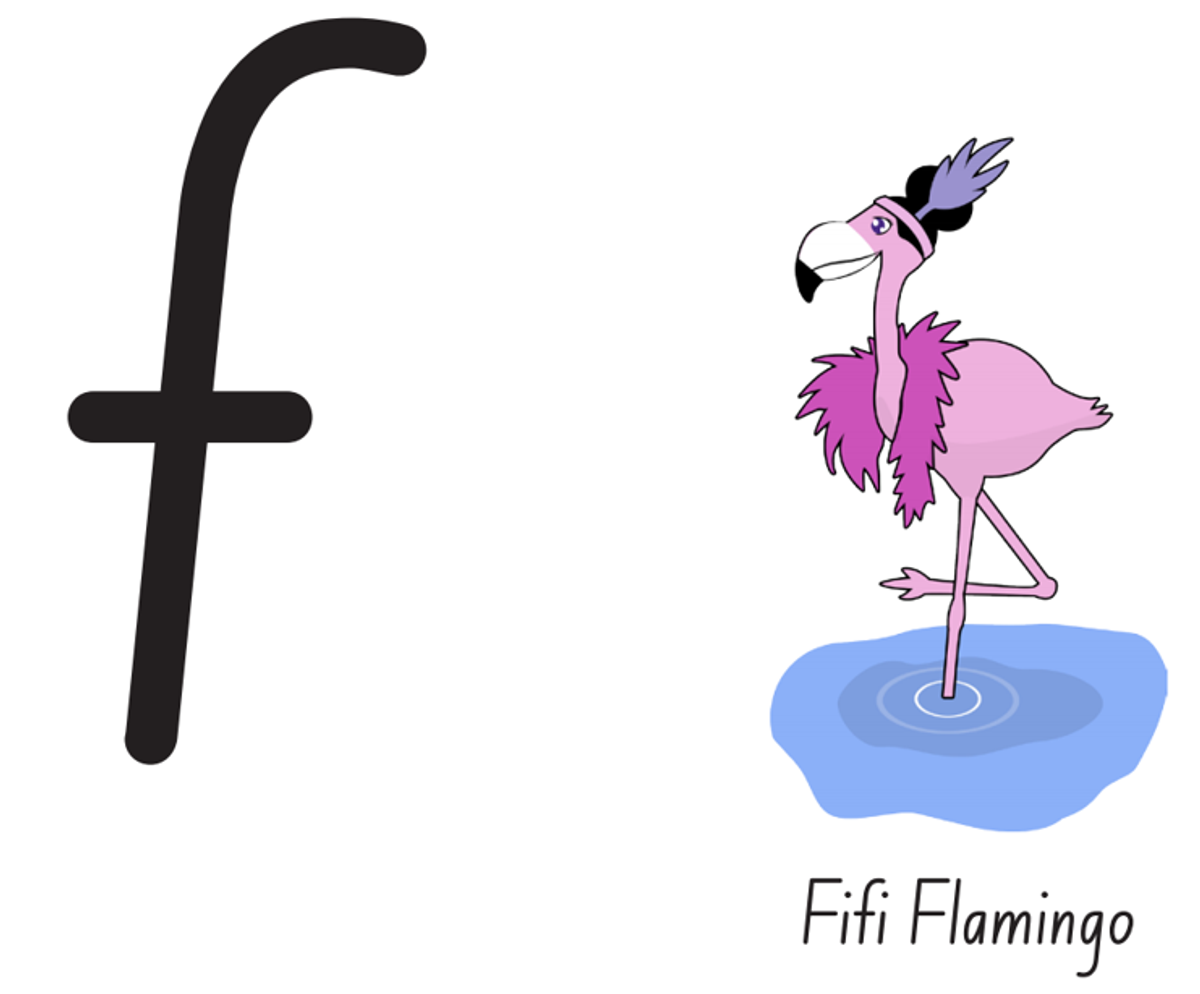
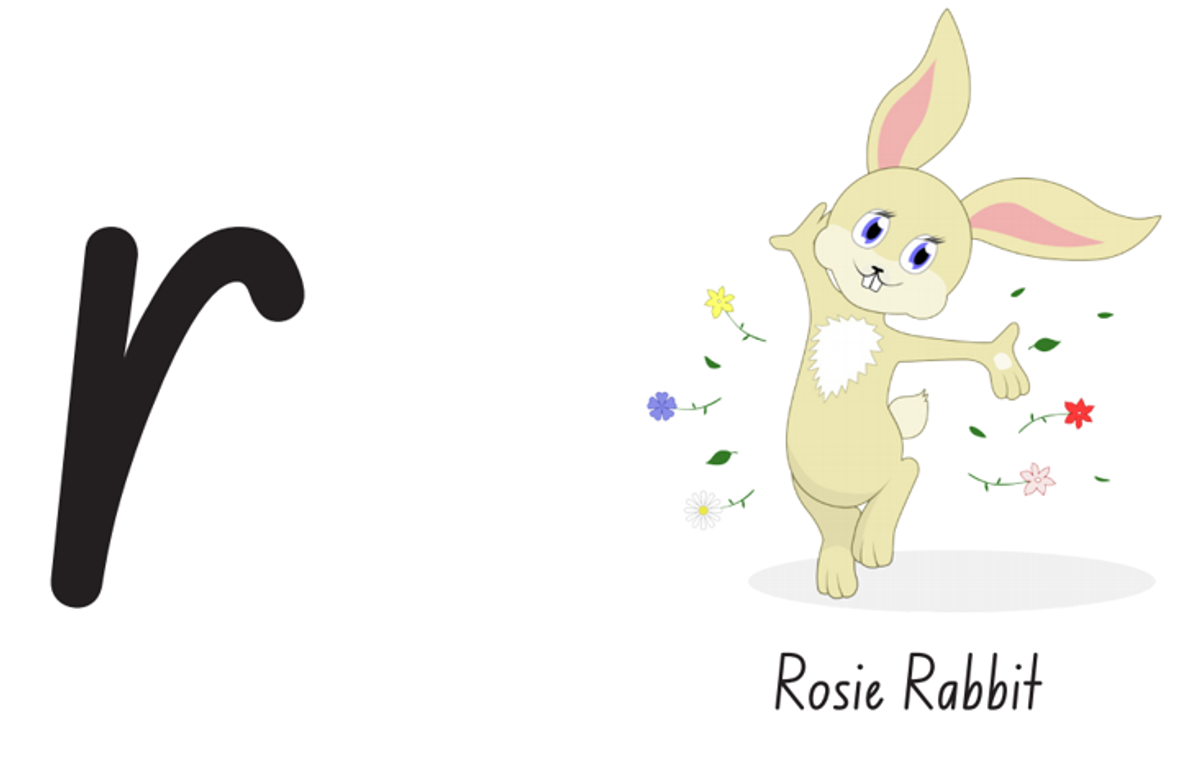
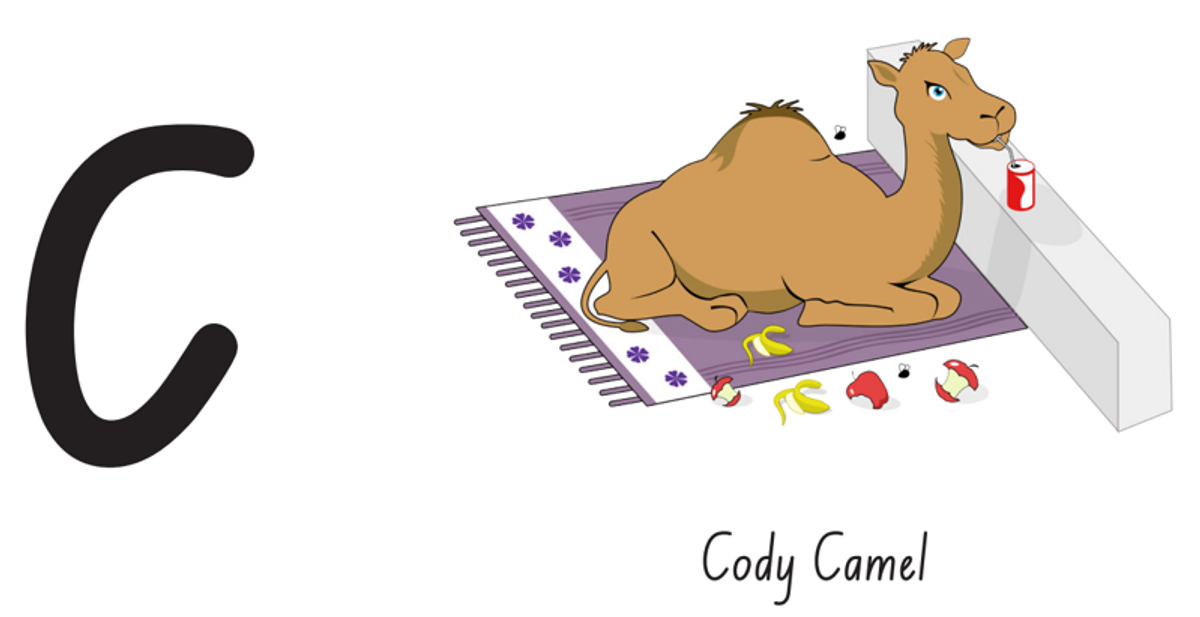

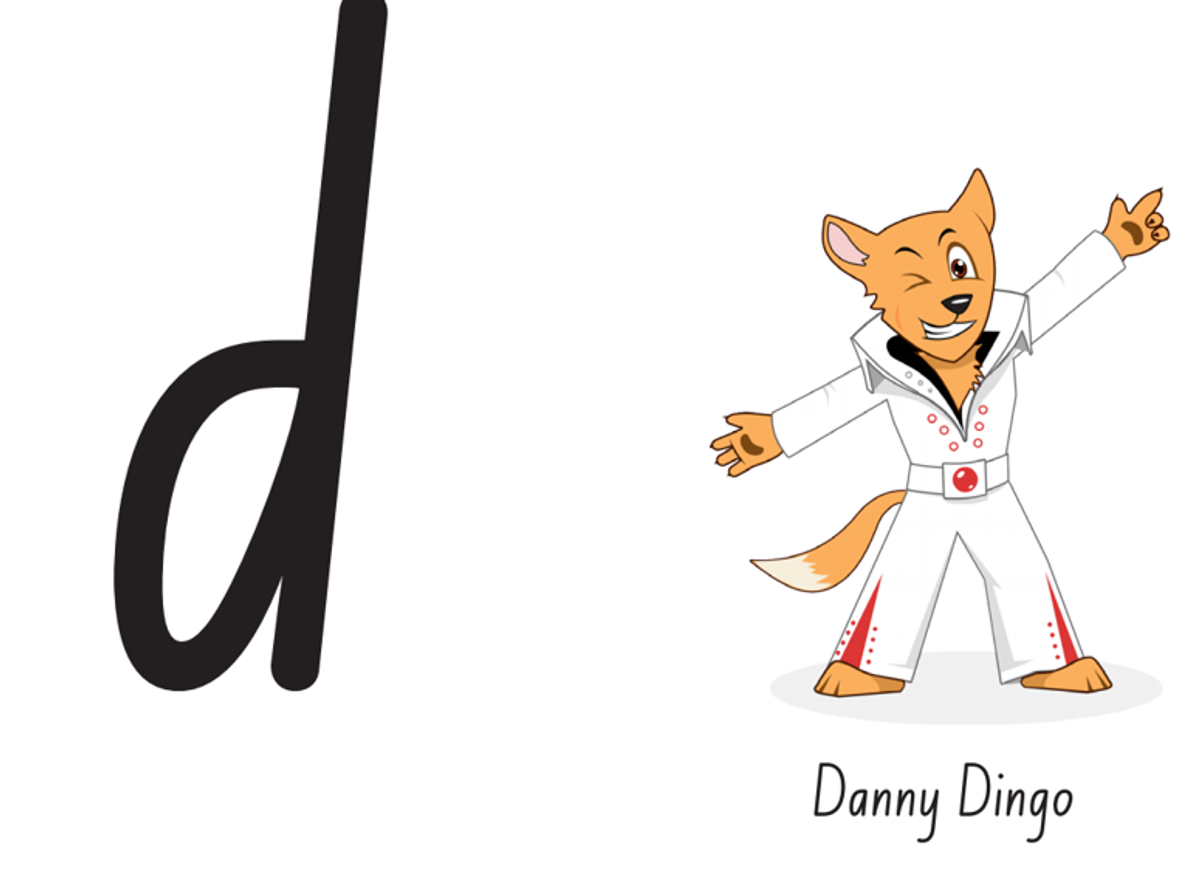
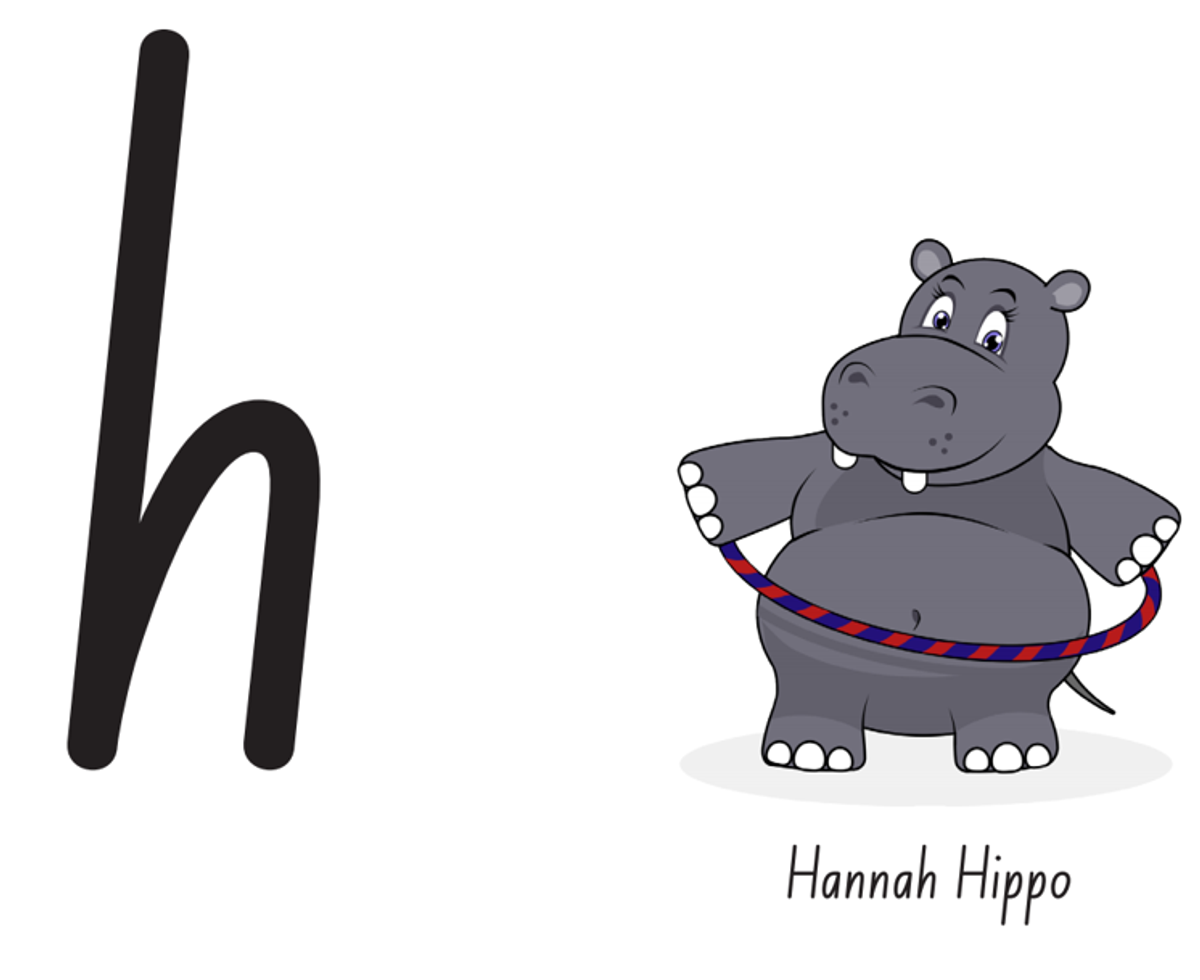
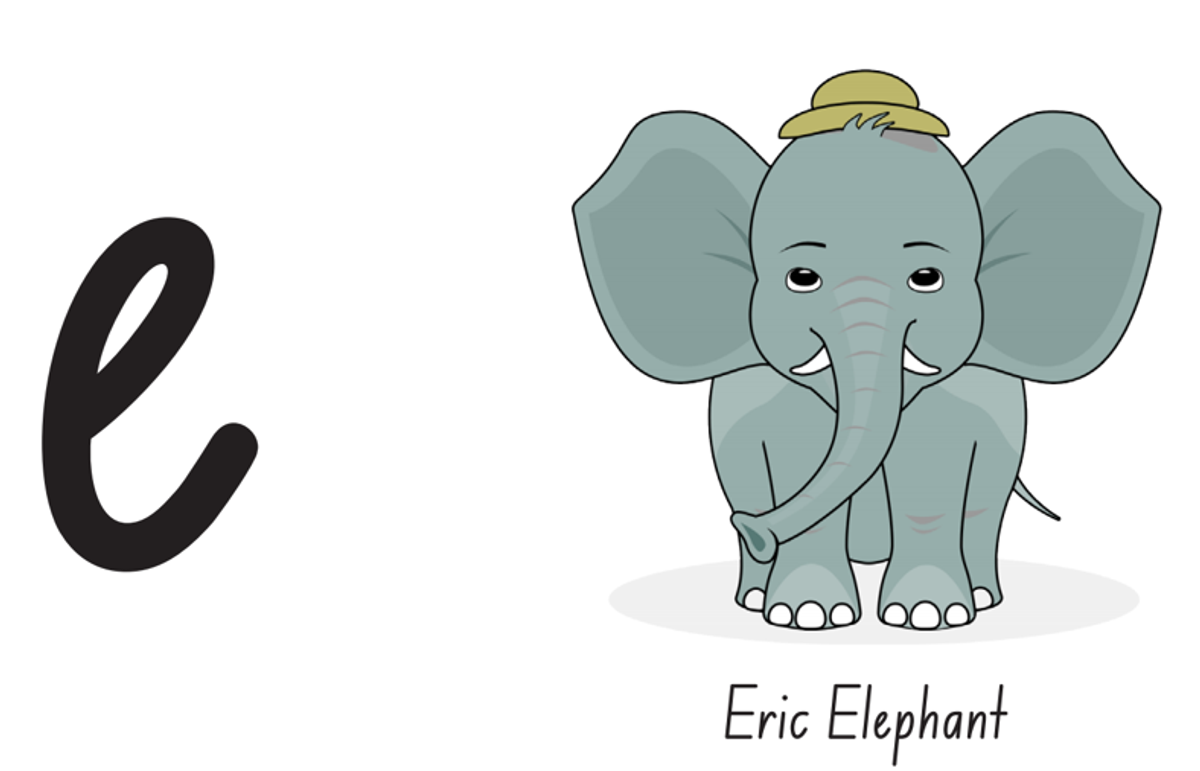













The current tricky words we have learnt are:
my the I is a was you to |
InitiaLit Readers vs PM Readers
You may have noticed two different types of readers coming home each week in our blue folders. We have InitiaLit Readers & PM Readers.
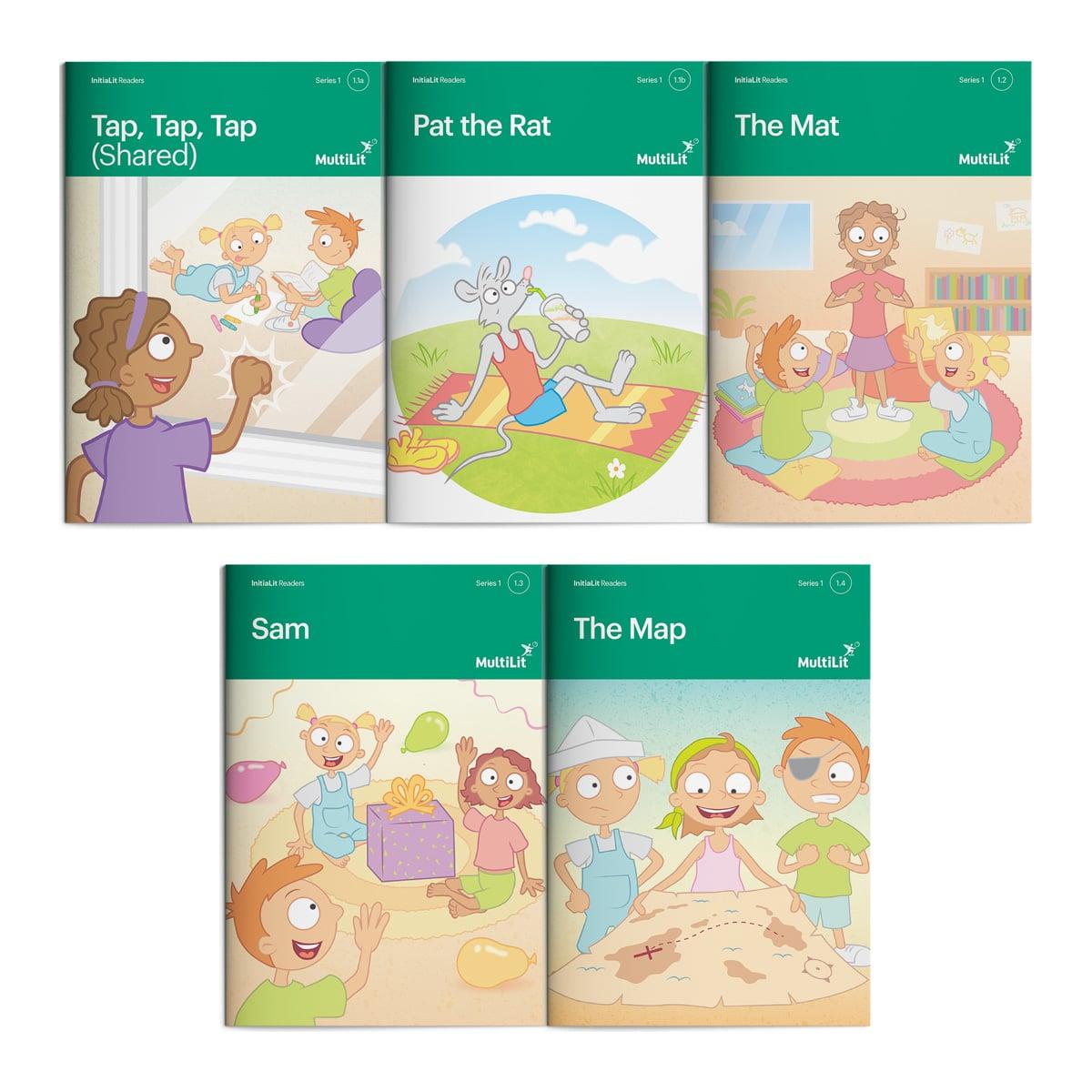
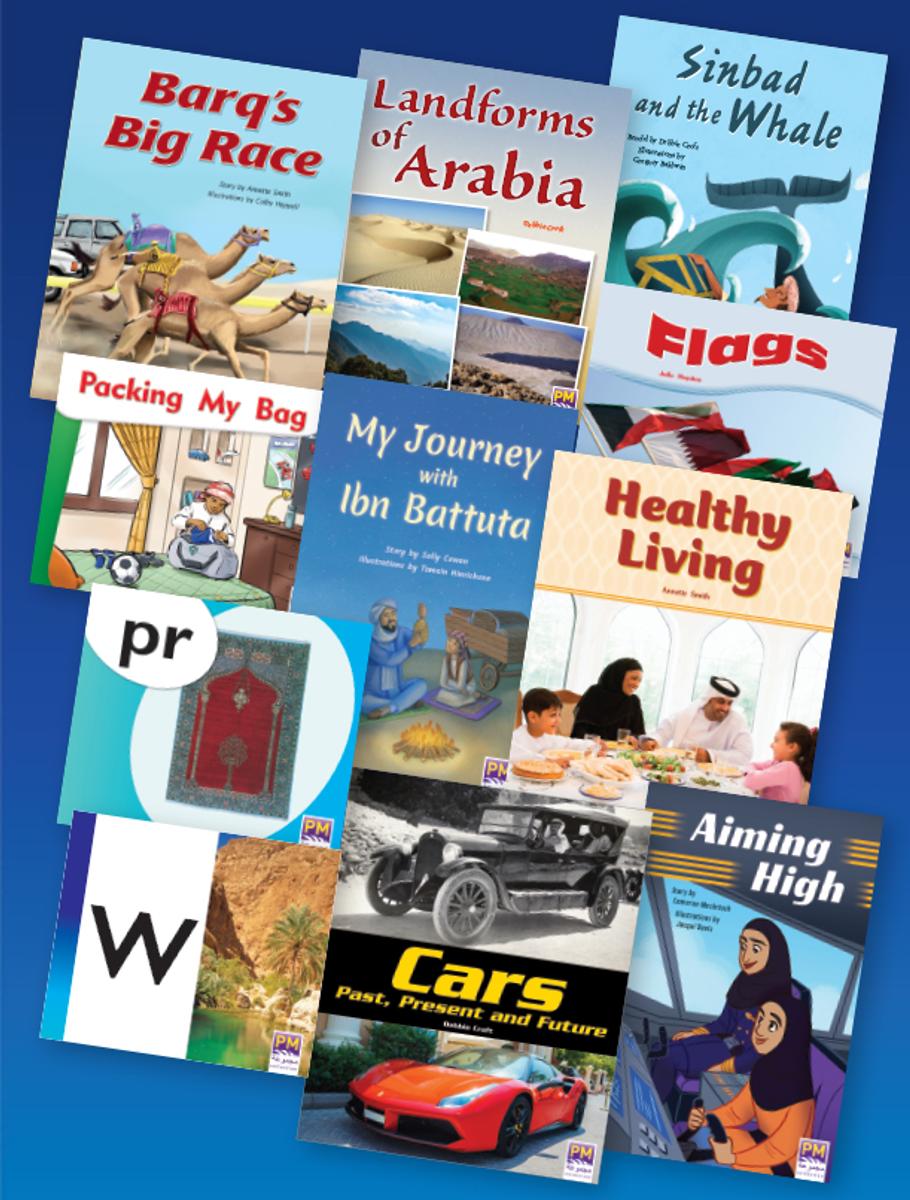


The purpose of InitiaLit readers
Our InitiaLit readers are specially written to match the sounds and letters we are learning in class. This means your child can sound out most of the words on their own. These books will also include the tricky words that we are learning in Initial Lit! Using these readers builds confidence, supports phonics skills, and helps our students work towards becoming independent readers.
The purpose of PM readers
PM leveled readers will use simple sentences, repeated words, and helpful pictures to support understanding. These readers will have tricky words that are different to our Initial Lit tricky words in class. These books are great to encourage reading fluency, vocabulary and comprehension.
By using both types of books, children get the best of both worlds: they learn how to sound out words and they get to enjoy rich stories that build their understanding and love of reading!
Fine Motor Activities
Here are some easy fine motor activities you can do at home using simple, everyday items!
Playdough Fun
| Cutting Practice
|
Puzzles
| Beading
|
Drawing & Colouring
| Scooping & Pouring
|
Tweezers/Tongs
| Sponge Squeezing
|
Maths
We have one week left of our number unit. Please continue to engage in these activities at home to promote learning!
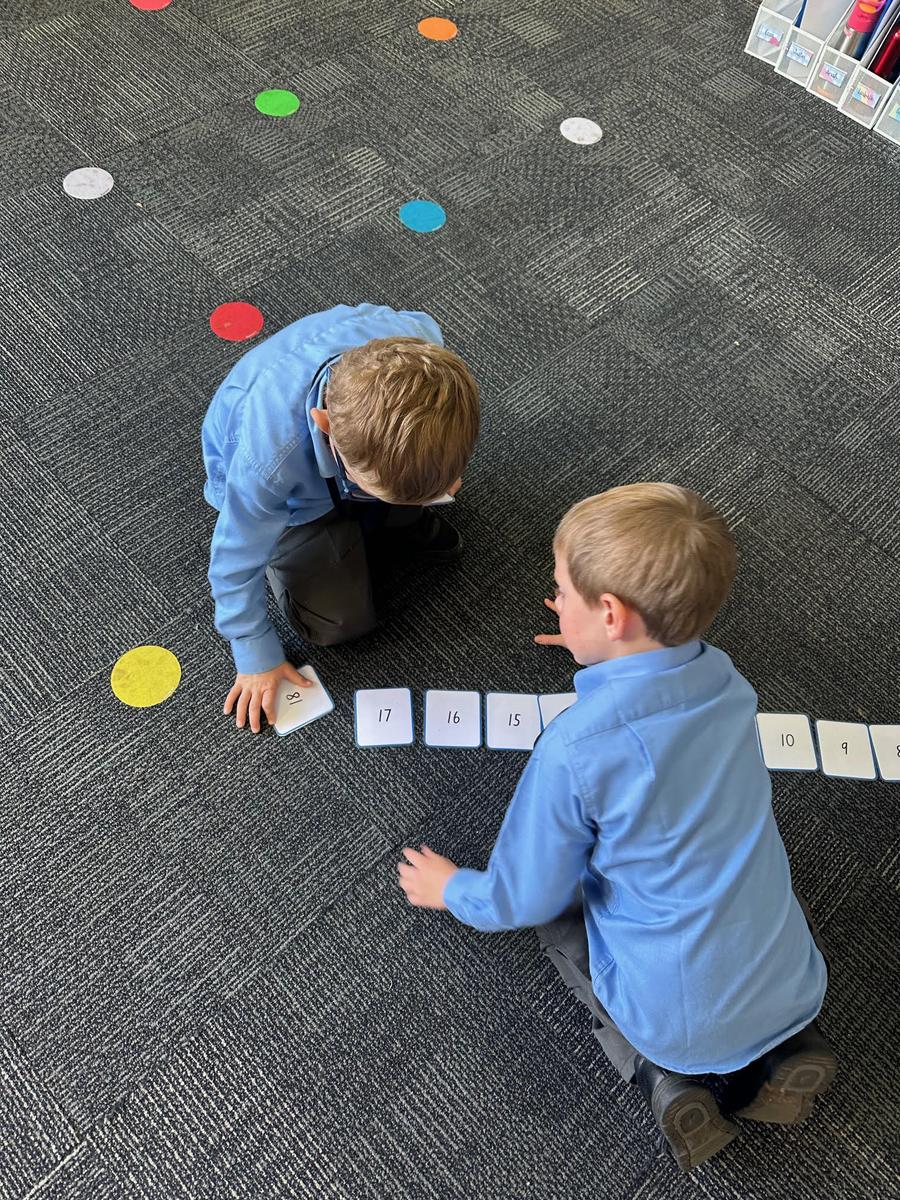
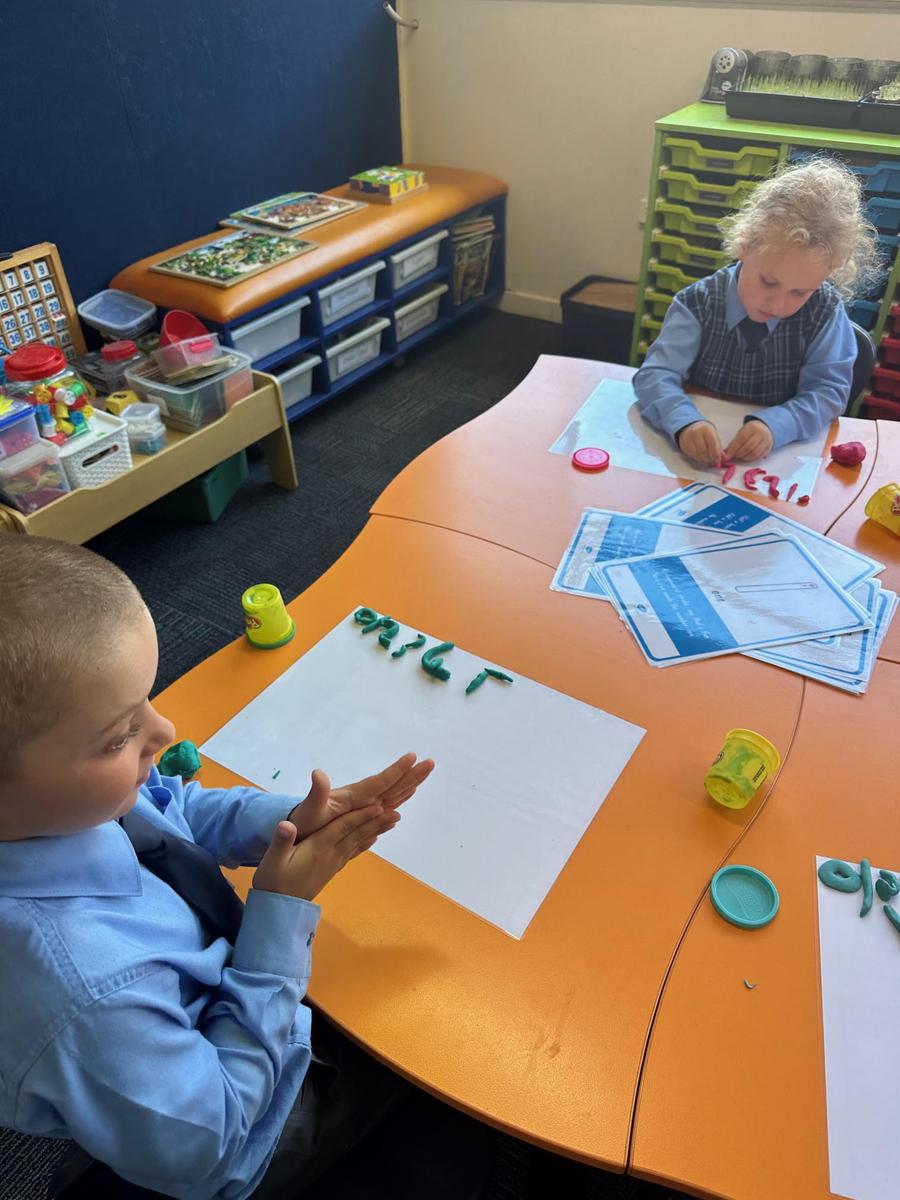
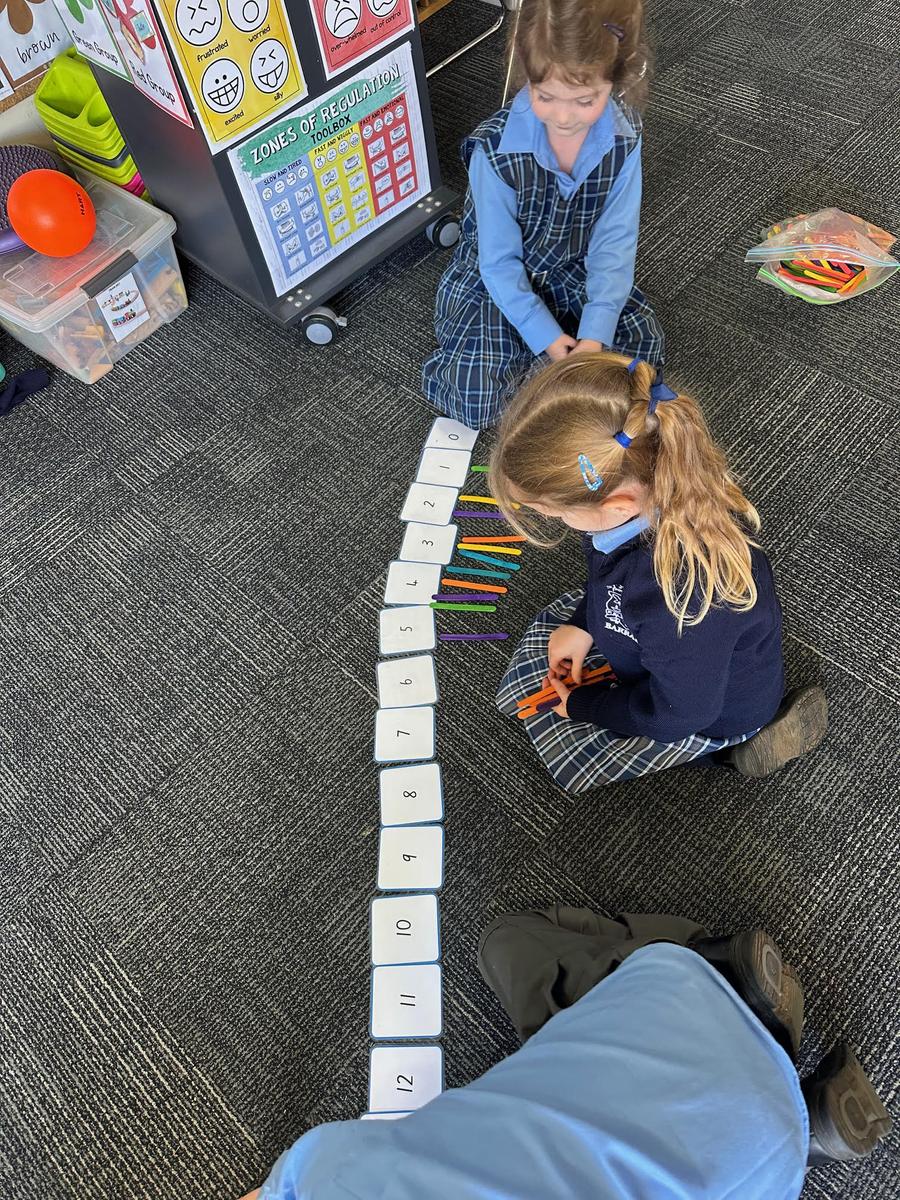
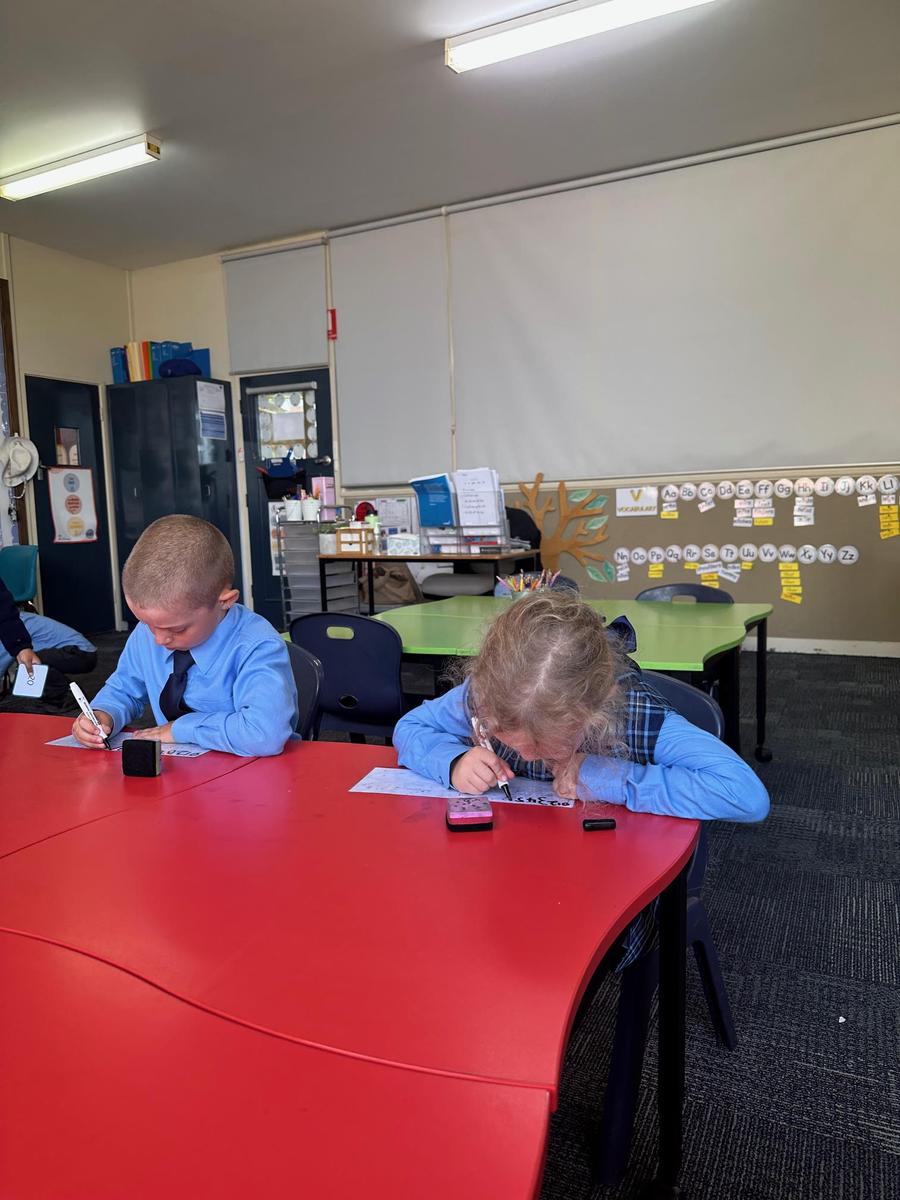




Science
In Science last week, we explored the ways that our bodies and objects can move. Kindergarten were investigating around the school different objects that you can roll, bounce, push and pull.
